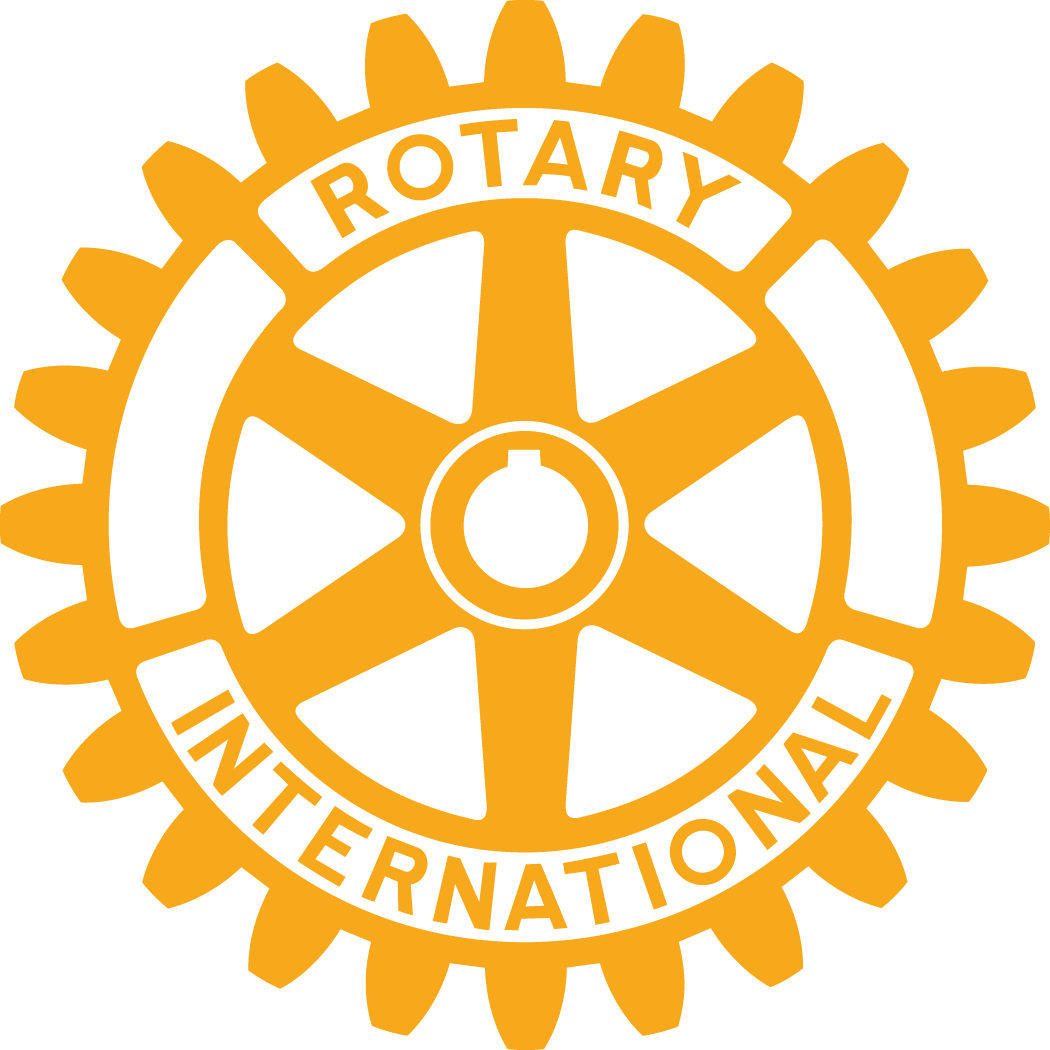COVID-19 Interest Group
February 19, 2021
CIG Bulletin #23
Vaccines and Immunity
(by Tina Etcheverry)
A couple of questions surfaced from my presentation at the Rotary Club on February 17, 2021 and I am attempting to address those here.
Disclaimer: The opinions expressed and calculations are based on data derived from public sources. I do not pretend to be an expert in infectious diseases but I am trying to bring my perspective from my scientific training and offer my opinions.
1. What can I expect as side effects from my second vaccination (booster shot)?
Some people only report a sore arm at the injection site following the booster shot. Some have a bigger response, but in medical terms, it would be considered a minor reaction. In addition to your sore arm, your lymph nodes (under your arm) may get tender to the touch. It is unlikely, but possible, to get a fever. Fatigue is what most people report. Some people don’t go to work on the day following their booster shot; other people just take a nap and some aspirin and then feel fine. (Even Dr. Fauci said he was fatigued and had to take a nap after the 2nd shot). Medical professionals say that you should not take aspirin before you receive the shot, but afterwards is a good idea to reduce symptoms.
2. Can I travel by airplanes and visit relatives after I am vaccinated?
This question relates to risk assessment. Even with the recent spike of 5,000 COVID cases in California per day (35,000 cases over an one week period in a population of 39 million) one can estimate that only one out of 1,000 individuals would be infectious during any one-week period. If 70% of people have been vaccinated, and the vaccine is 95% effective, then the risk of COVID spreading is reduced to one case out of 20,000 individuals. These few cases would be mild since the vaccine does prevent against severe infections and effectively eliminates the risk of death. This is a remarkable reduction of risk.
One way I think of this is in terms of # of viral particles in any one location. If one person has a cloud of viral particles around their head, then everywhere that person goes is slightly contaminated. The longer they stay, the more viral particles are in that 100 sq. ft. area. If one person sits next to that person, then that is almost a “viral challenge” study. That non-infected person (even if vaccinated) may have a 5% chance of developing symptoms.
So all those thoughts were going through my head when I was asked the question on if it is safe to fly across the country. It is believed that flying actually is pretty safe with masks and good ventilation. So, I would take the chance on travel making sure it is more than 2 weeks after I had been vaccinated, but then I am a risk-taker!
3. Can we start holding Club meetings in person when the population reaches 70% vaccination (estimated to be this Fall)?
Using the assumptions above: with 70% of the population vaccinated, and the probability of one out of 20,000 at risk of developing coronavirus, we would have to have a very big Rotary gathering to have any possibilities of spreading the disease: staying at the same hotel, sharing meals in buffets, across multiple days (adding in the time factor). However, the risk is not zero.
For the rollout of individual Club meetings (assuming that these groups are not more than 50 people in size) we may want to wait until the Fall and offer the hybrid model of remote connections with live meetings. It is important to remember that community spread will always be the danger, so it comes down to “how safe is your community”?
Immigrant and essential workers, plus the elderly living in group situations, have been the major risk communities. And there is a special challenge since immigrant populations are hesitant to show up for vaccinations. In addition, we may be visiting grandparents in their group-living situations or have workers (gardeners, mechanics, house cleaners) around us that are at risk. So we have to continue taking precautions like wearing masks and social distancing.
The encouraging news is that there is light at the end of this tunnel. Vaccinations and continued precautions like mask wearing are critical to the success of returning to our social interactions. “Be safe” will be the slogan for the reminder of this year until we dig ourselves out of this pandemic.

